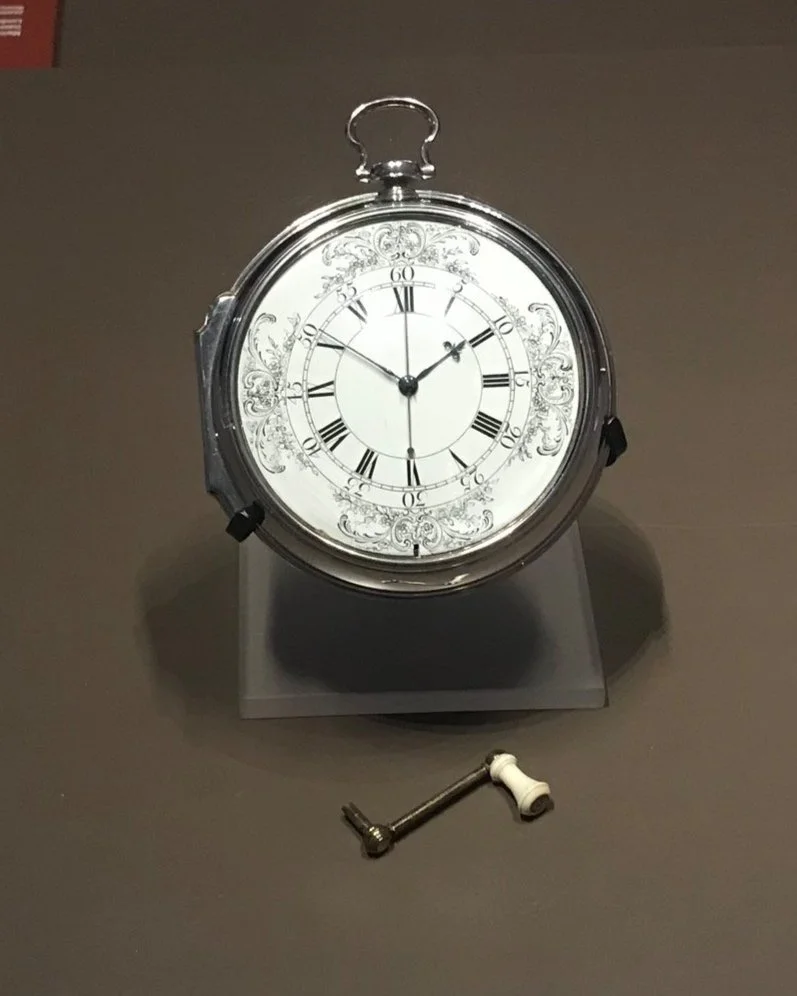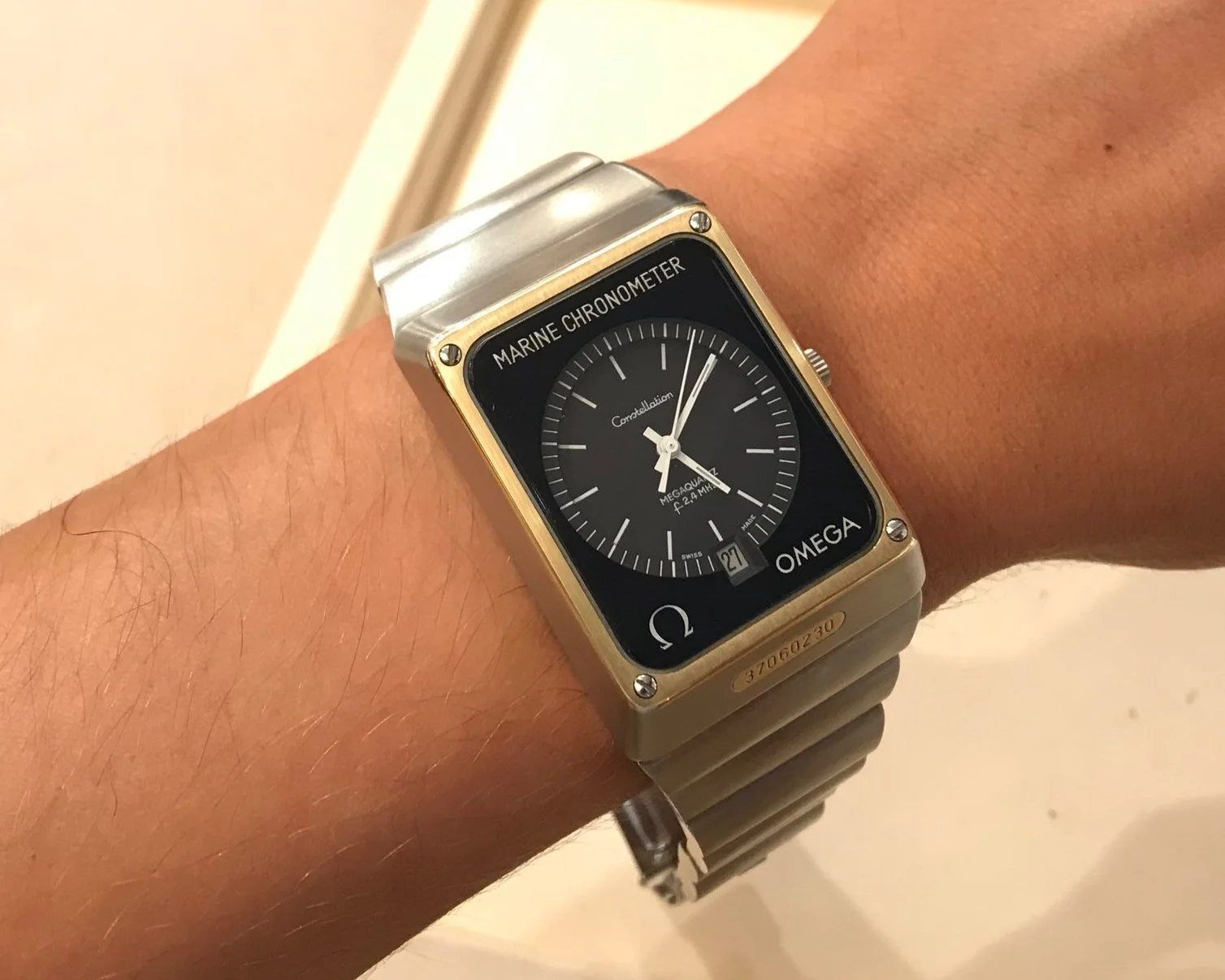A Quick Guide to John Harrison
John Harrison more or less invented the tool watch. I have mentioned this fact in previous blog posts, but never really fleshed out the historical context or why his contributions were so revolutionary. Here, I do just that…
In 1714, the British government passed The Longitude Act, promising to reward a huge sum of money to anyone who can find a reliable way to determine longitude at sea. Over the next 50 or so years, astronomers, mathematicians, engineers and mariners all over the world raced to solve the infamous ‘longitude problem’.
What is Longitude? Lines of longitude (often called Meridian Lines) define your position on the earth from east to west. Descriptions of longitudinal lines can be traced back to the ancient astronomer, Ptolemy, but were also mentioned independently by Indian and Chineses astronomers of the same era. By the medieval period, the longitude problem was well known among mariners, and became increasingly problematic as sea voyages got bigger and more ambitious. By the Renaissance, for voyages to the New World and the East Indies, determining one’s east-west position became paramount.
Why is it a problem? Methods of finding longitude during land voyages were quite simple. Pendulum clocks of the 17th century were accurate enough to keep track of ‘home time’ (the time it is at the place you left on your voyage). ‘Local time’ - the time it is where you are, usually found using the position of the starts or sun (when the sun is at its highest point in the sky it is 12 noon) - could then be subtracted from ‘home time’ to determine longitude. The difference in time zone, for time zones merely denote longitude, reveals your east-went position. The problem occurs when at sea. The swaying back-and-forth of a ship means a pendulum clock does not keep time accurately enough to give reliable ‘home time’ measurements. The ship’s undulations on the waves muddled the clock’s timekeeping, which relied on a constant gravitational force on the pendulum. By comparison, latitude was simply worked out using a sextant to mark the position of fixed stars, usually the Polaris.
Captain Cook’s Sea-Faring Pendulum Clock
- National Museum of Scotland, Edinburgh
Why the Longitude Prize? The 1714 act changed the longitude problem and was effectively the result of lobbying on the part of notable mathematicians and astronomers, including the then head of the Royal Society, Sir Isaac Newton. The prize was equivalent to about £3million today, and would be rewarded to anyone who offered a reliable way to mark longitude at sea. At the time, Newton was using the moon to solve the issue, but this was proving ever-unfruitful. Others were using the position of Jupiter’s moons, but that method required a large telescope which was impossible to use on a moving ship. Clockmakers were also working on the conundrum, but faced the aforementioned pendulum problem.
Who was John Harrison? Harrison entered horology through joinery and carpentry. When it came to clockmaking, he was an amateur; and, as a joiner, he was making clocks out of wood, rather than brass. But Harrison had an ambition, perhaps as a result of his ignorance being a novice, to solve the longitude problem with a clock; a proposition which professional clockmakers at the time laughed at.
How did Harrison solve the longitude problem? Technical innovations included different kinds of balance springs, which replaced the pendulum as the clock’s regulator, which were less effected by gravitational changes that came with the swaying of a ship. Another problem for a clock along a long voyage was friction. Friction could affect the timekeeping and eventually cause the clock to stop. But, because Harrison used wooden cogs (specifically a wood called lignum vitae, meaning ‘wood of life’… ha ha very funny), his clocks were effectively self-lubricating because of the wood’s natural oil. He spend 40 years developing more designs for highly accurate clocks for sea voyages - called marine chronometers - and eventually used ruby jewels to reduce even more friction. He devised a new kind of regulator that further reduced friction, which also meant the watch ran for longer on less power from the mainspring (called a ‘grasshopper escapement’, named after its characteristic movement). He developed the first bimetallic components which were resistant to temperature changes; as one metal expands under heat, the other contracts, thus cancelling each-other out. As he revised his timekeepers more and more, the number of components and therefore size of the clock went down until he landed on his masterpiece - the sea watch (or ‘H4’ as it is now known).
Harrison’s H4 ‘Sea-Watch’, perhaps the first true ‘tool watch’, displayed at the Greenwich Royal Observatory , London
Who was Nevil Maskelyne? 40 years younger than Harrison, the Cambridge-taught mathematician and astronomer created highly accurate tables of the moon’s positions which could be used to find longitude. Maskelyne’s tables were trialed at the same time as Harrison’s clocks. He subsequently became the Astronomer Royal, and thus a leading figure on the longitude board. But, at the same time, the underdog Harrison’s clocks were performing magnificently on test voyages and the longitude board were reluctantly forced to reward Harrison accordingly.
Why was solving the problem significant? At that time in history, Britain was the leading provider of marine insurance. Being able to know longitude at sea increased the efficiency of sea voyages and reduced their risks, making the providers of such insurance demonstrably rich. It also meant Britain was at the forefront of voyages to India and the Americas, which lead to the accumulation of unfathomable imperial wealth for the nation.
What is Harrison’s Legacy? We shouldn’t forget that the chronometer was only useful alongside accurate naval charts and the sextant, both innovations which would make subjects for entire blog posts in themselves. To keep it short, even knowing your longitude accurately at sea is useless without knowing your latitude, and less than useless when plotted on inaccurate charts. Nonetheless, the wealth of nations, and particularly the British Empire’s, was built on Harrison’s invention of a highly accurate watch - the chronometer. The word ‘chronometer' is still seen on the dials of luxury tool-watches from bands like Rolex and Omega today. This is because Harrison’s technical innovations from balance wheel designs, bimetallic strips, ruby jewels and the principle of using fewer components all shaped the development of the hardwearing wristwatch at the end of the first world war, which later became the Submariners, Speedmasters and Big Pilots we know and love today.
A highly accurate Omega Megaquartz wristwatch from the 1970’s, branded as ‘Marine Chronometer’, found in SOMLO, Burlington Arcade, London
Further Reading
Dava Sobel, Longitude: The True Story of a Lone Genius Who Solved the Greatest Scientific Problem of His Time (Walker, 1995)
David Rooney, About Time: A History of Civilization in Twelve Clocks (Penguin, 2022)



